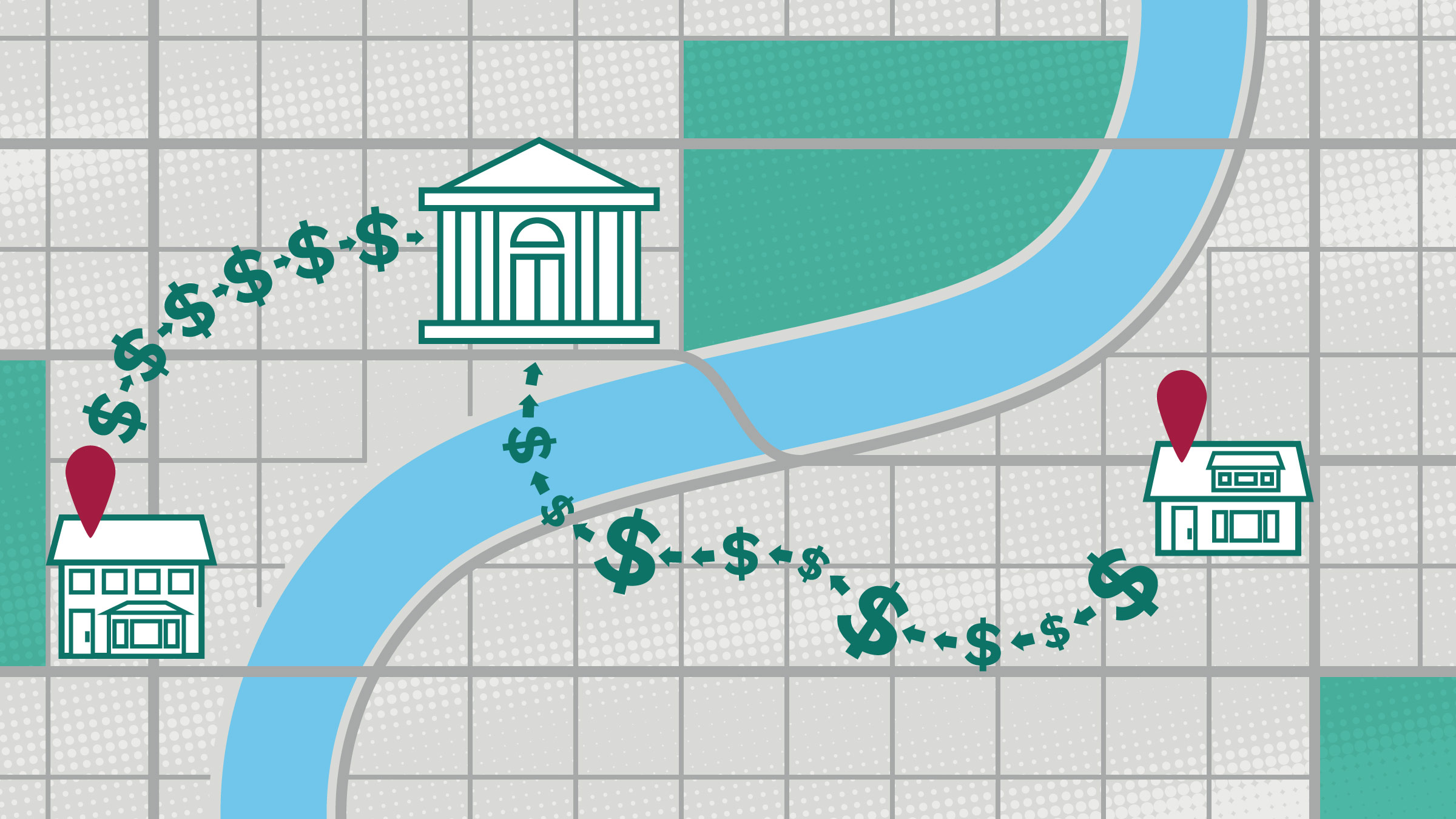Abstract
Contemporaries, and economic historians, have noted several features of medieval and early modern European monetary systems that are hard to analyze using models of centralized exchange. For example, contemporaries complained of recurrent shortages of small change and argued that an abundance/dearth of money had real effects on exchange. To confront these facts, we build a random matching monetary model with two indivisible coins with different intrinsic values. The model shows that small change shortages can exist in the sense that adding small coins to an economy with only large coins is welfare improving. This effect is amplified by increases in trading opportunities. Further, changes in the quantity of monetary metals affect the real economy and the amount of exchange as well as the optimal denomination size. Finally, the model shows that replacing full-bodied small coins with tokens is not necessarily welfare improving.






